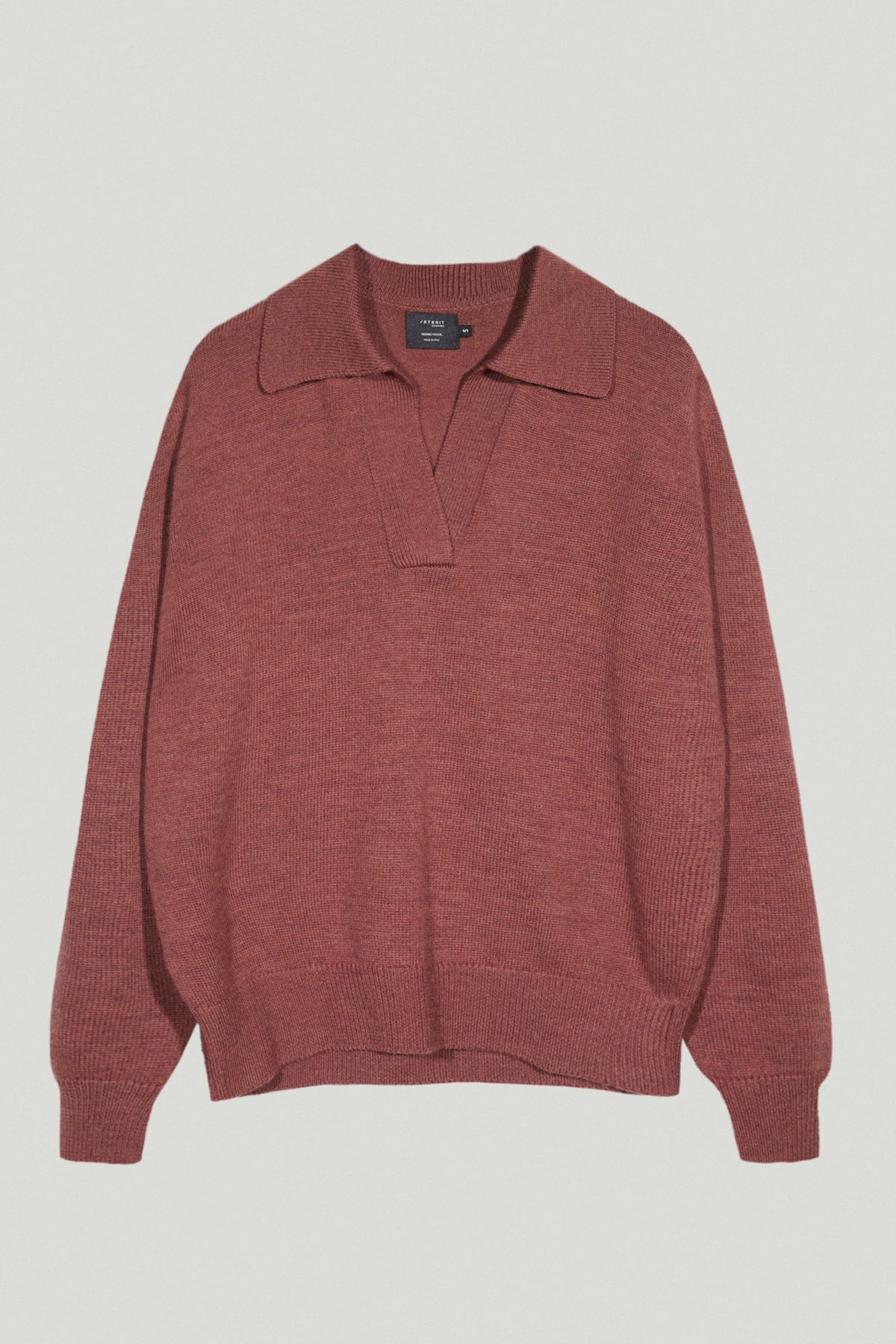THE NATURAL DYE CAPSULE
We rediscovered the tradition of dye plants to dye our iconic Merino Wool Extrafine pieces, giving the yarn unprecedented shades in a more responsible way. Using colors from renewable sources, non-toxic for the environment and gentle on your skin.
The natural dye we have chosen is the world's first natural dyeing technology approved by Woolmark, which certifies its quality and the fact that no environmentally toxic substances, additives or extracts are used.
THE NATURAL DYE SELECTION
EXTRAFINE MERINO WOOL
The Natural Dye Polo - Imperfect VersionEXTRAFINE MERINO WOOL
The Natural Dye Long-Sleeve Polo - Imperfect VersionEXTRAFINE MERINO WOOL
The Natural Dye Crewneck Sweater - Imperfect VersionEXTRAFINE MERINO WOOL
The Natural Dye Sweater - Imperfect VersionEXTRAFINE MERINO WOOL
The Natural Dye Long-Sleeve Polo - Imperfect VersionEXTRAFINE MERINO WOOL
The Natural Dye Polo - Imperfect VersionEXTRAFINE MERINO WOOL
The Natural Dye Sweater - Imperfect VersionEXTRAFINE MERINO WOOL
The Natural Dye Crewneck Sweater - Imperfect VersionSWEATER AND POLO
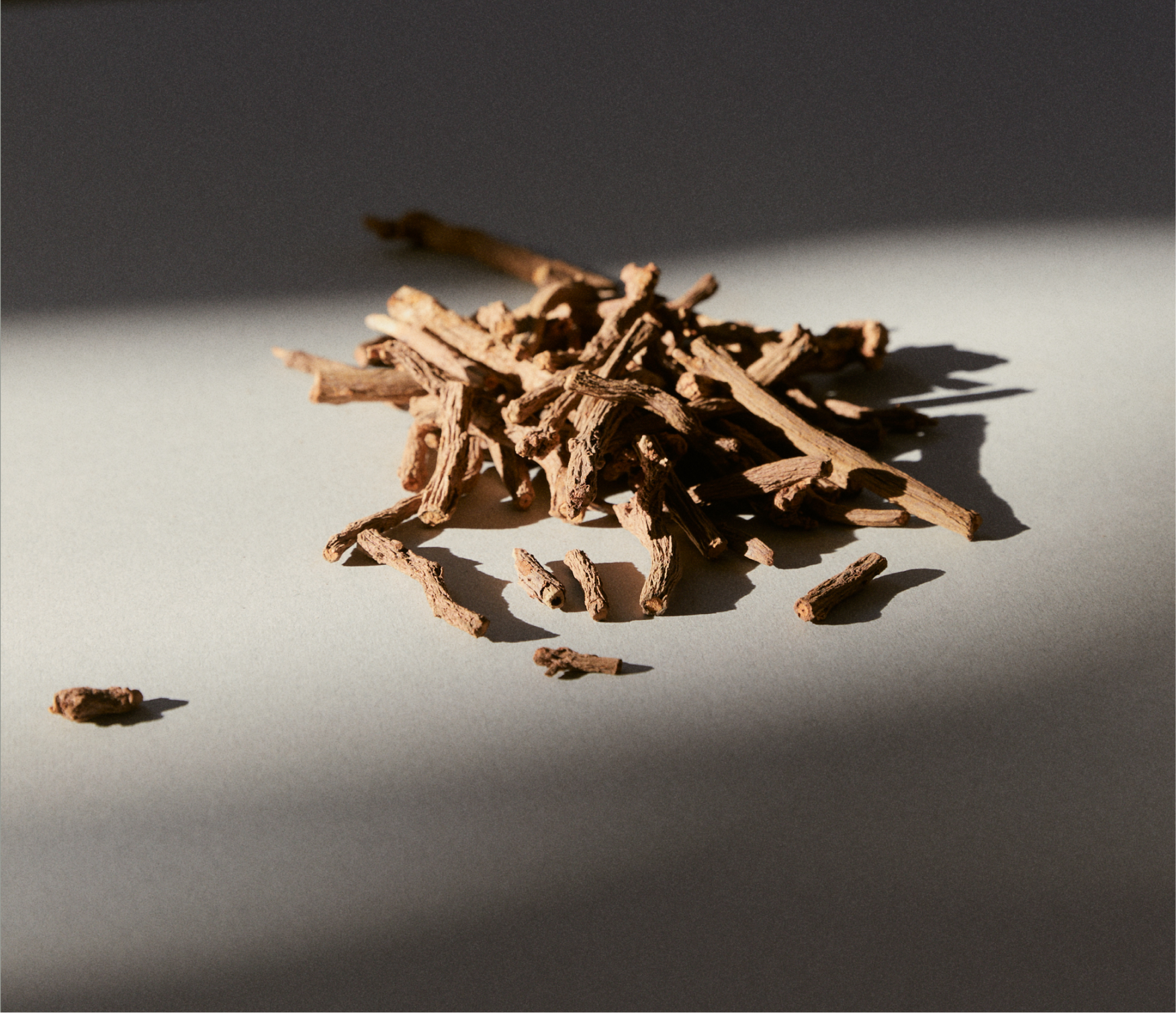
The use of Madder as a dye plant dates back to the ancient civilizations of the Indian peninsula. This age-old tradition revolves around the aromatic root of the plant, where the primary coloring agent, alizarin, is found. Throughout history, Madder has become one of the primary sources for dyeing fabrics with a vibrant and long-lasting red hue.
SWEATER
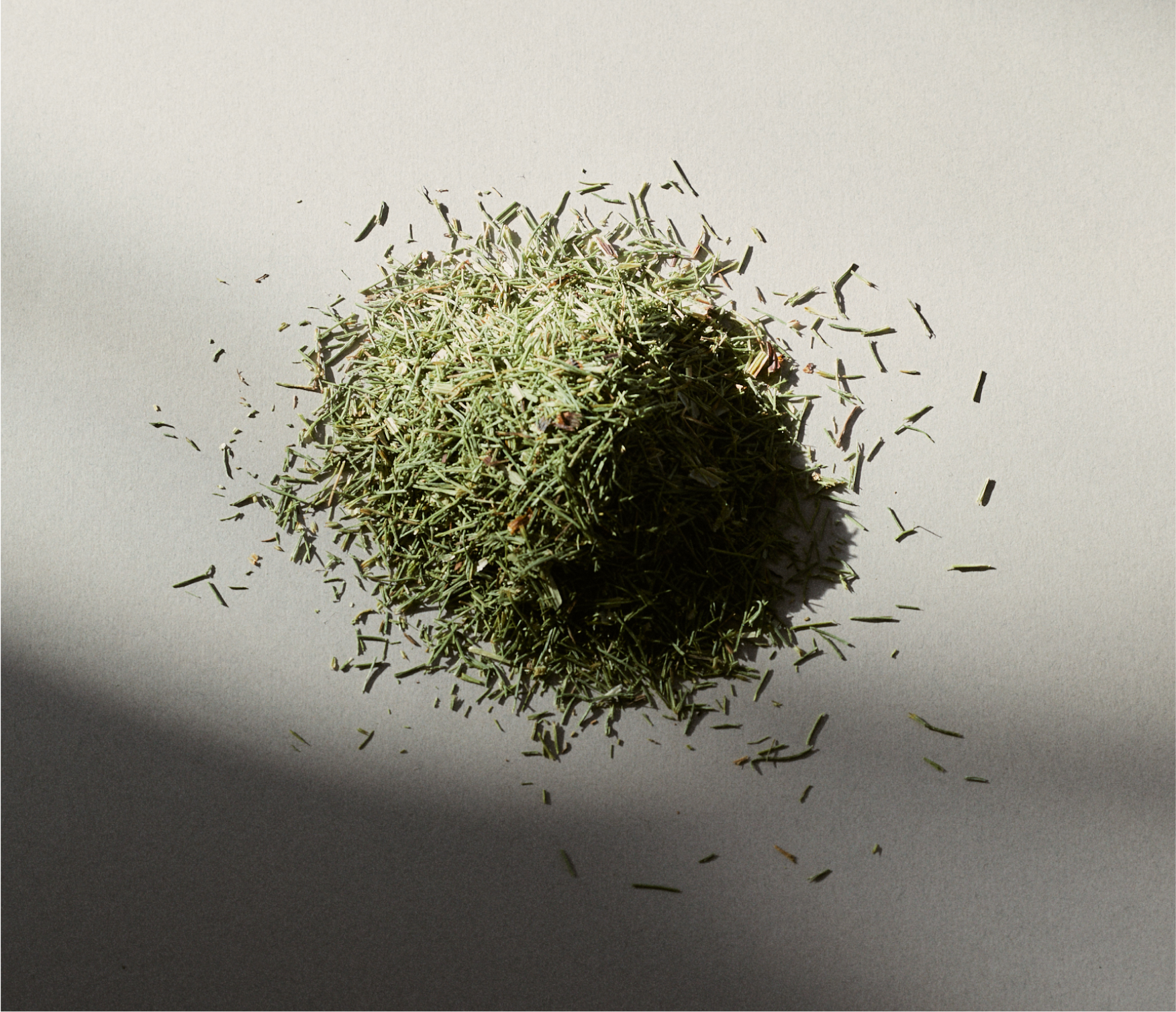
A perennial herbaceous plant in the Equisetaceae family, commonly known as horsetail due to its distinctive appearance. It is distributed worldwide and prefers moist soils along watercourses and at high altitudes. The natural dyeing process imparts a delicate shade of green to the yarn.
SWEATER AND POLO
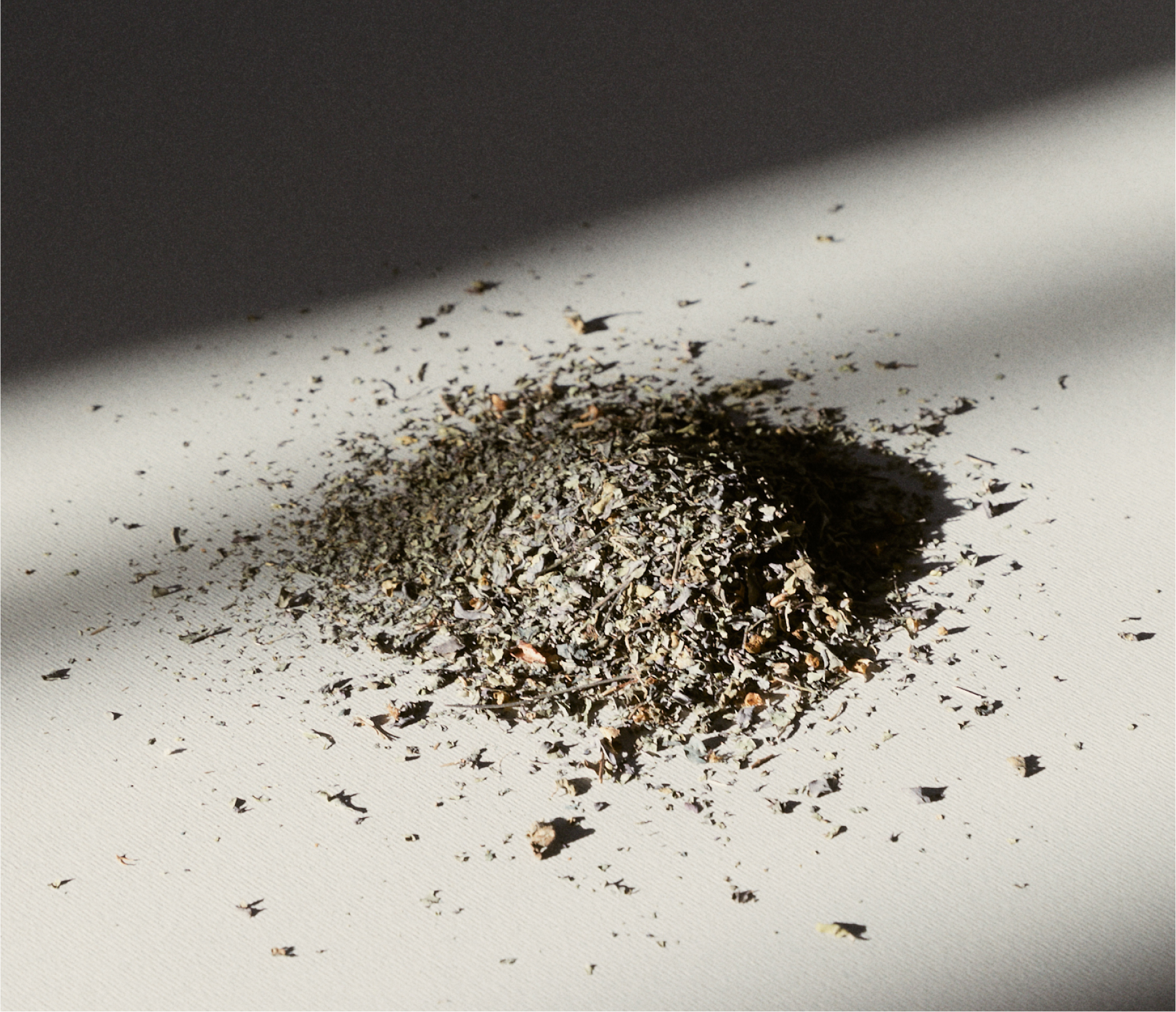
The Indigofera plant is the source of one of the most important natural dyes: indigo. Its use dates back to the Egyptians and Asian cultures as early as 2000 B.C. Its leaves are also used for ornamentation, and through a fermentation process, the pigment can be extracted giving rise to a wide range of blues.
SWEATER AND POLO
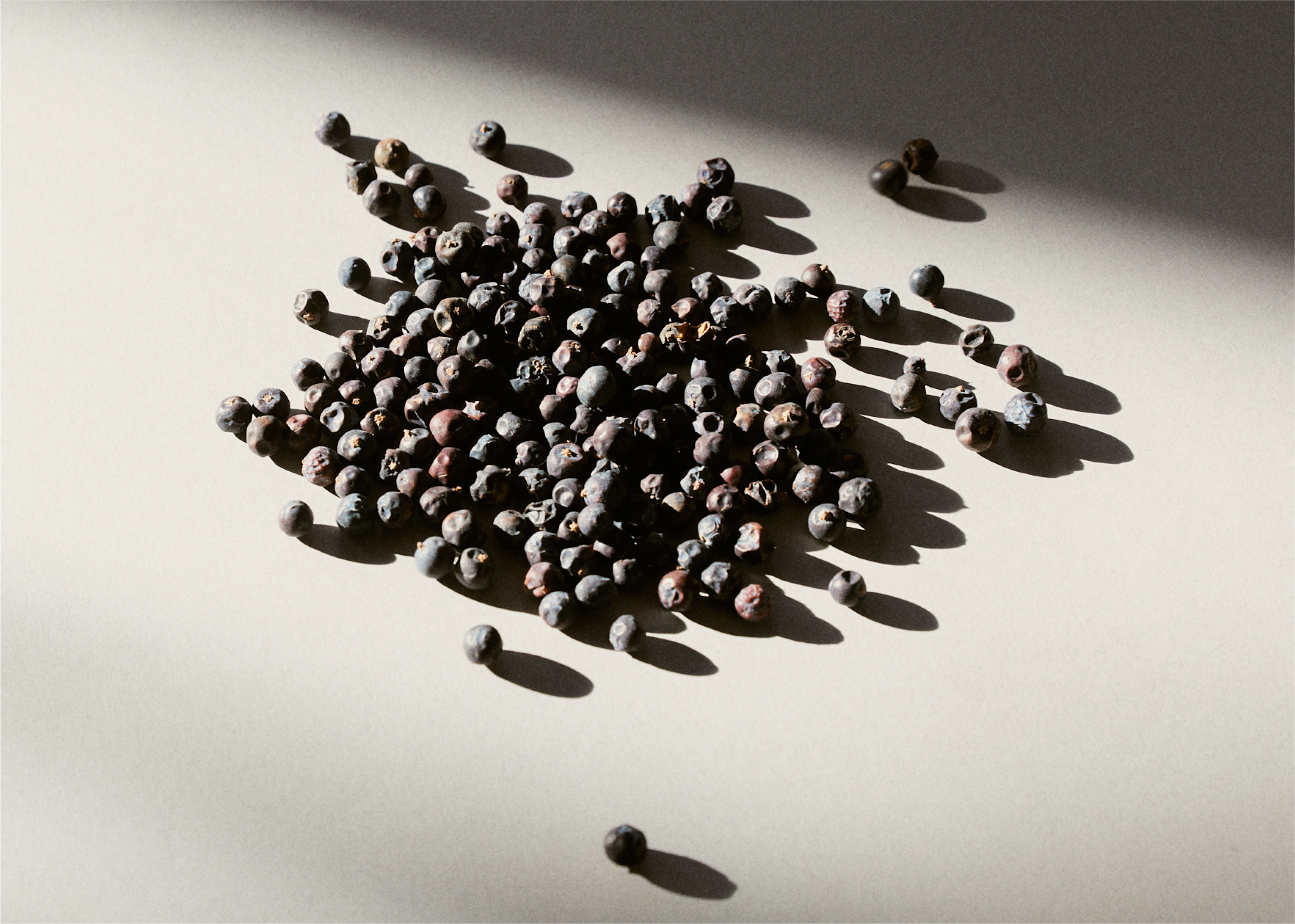
Common Juniper is a small perennial tree or shrub widespread in the northern hemisphere, with needle-like leaves emitting a resinous fragrance. Its berries, called "cuddles," boast numerous medicinal and dyeing properties, imparting delicate beige and ecru shades to the yarn.
Why are natural dyes better for you and the planet?
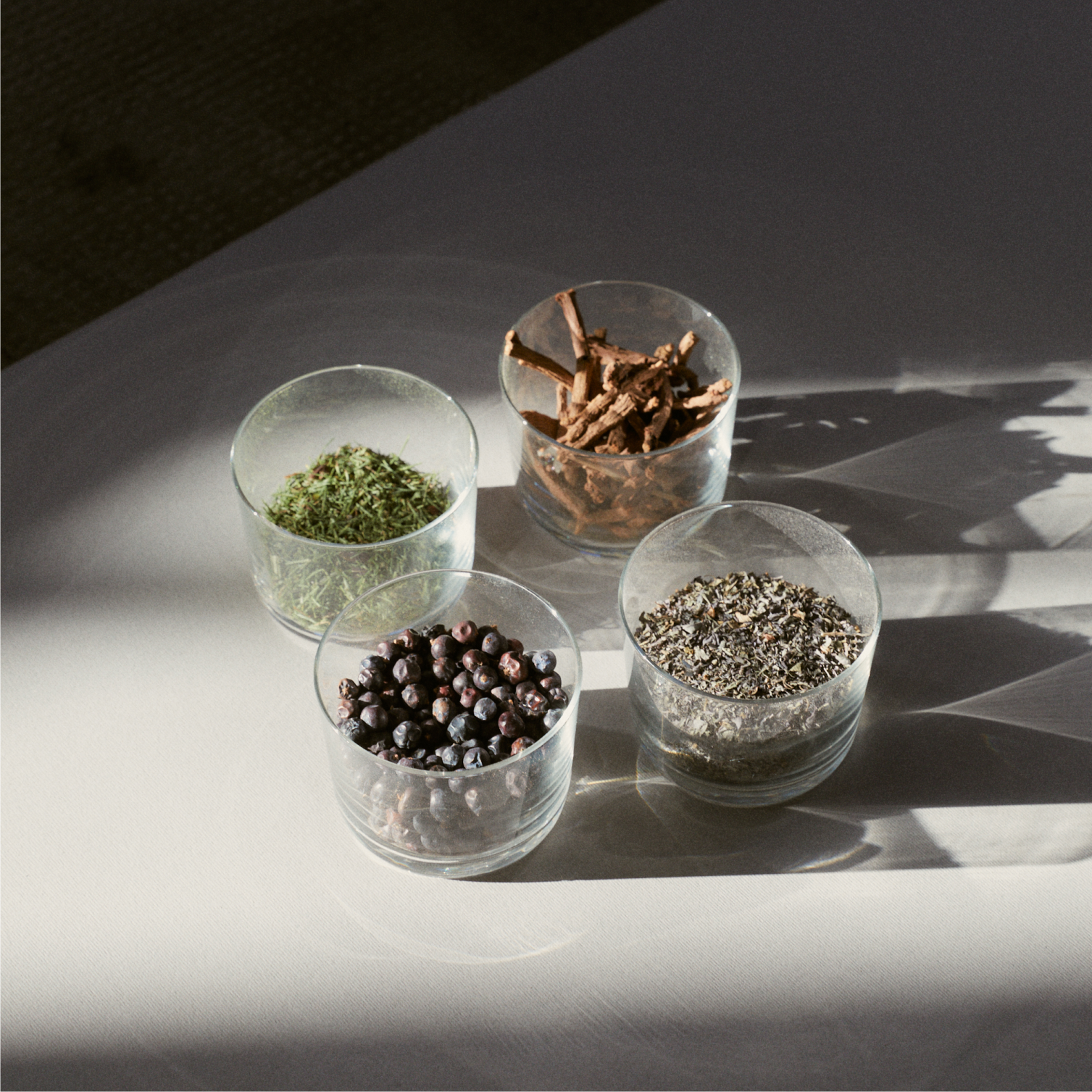
From renewable sources
Being found in nature, plants from which natural dyes are obtained constitute a completely renewable source of color.

Non-toxic for the environment
Production rejects from natural dyeing can be used as fertilizer in farming or biomass.

Gentle on your skin
Naturally dyed fibers have deodorizing and antimicrobial properties and are not aggressive on your skin.





